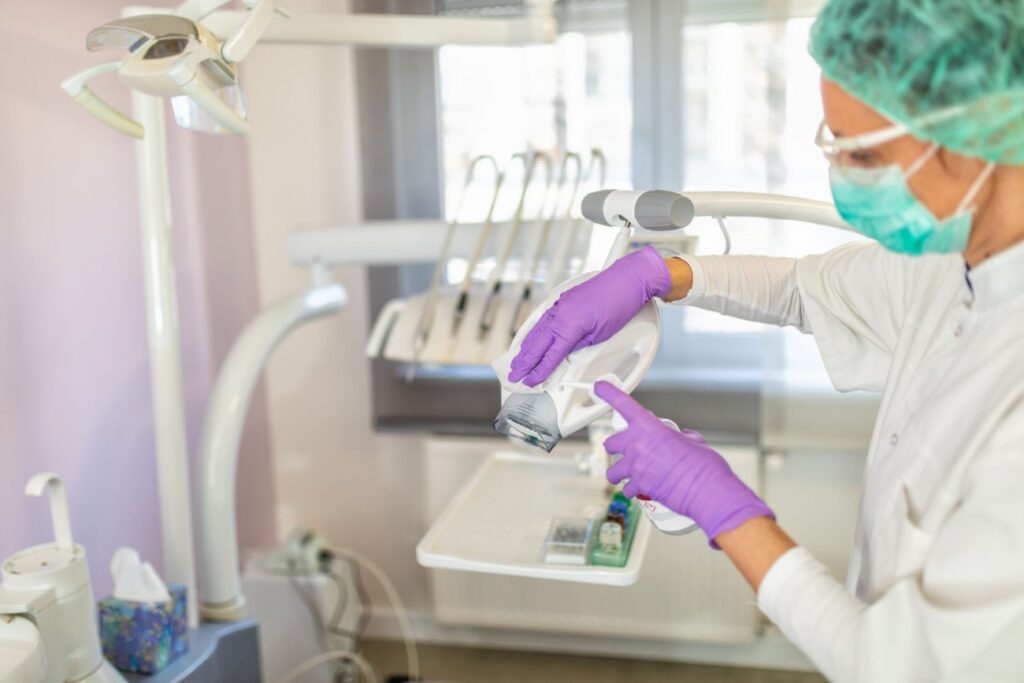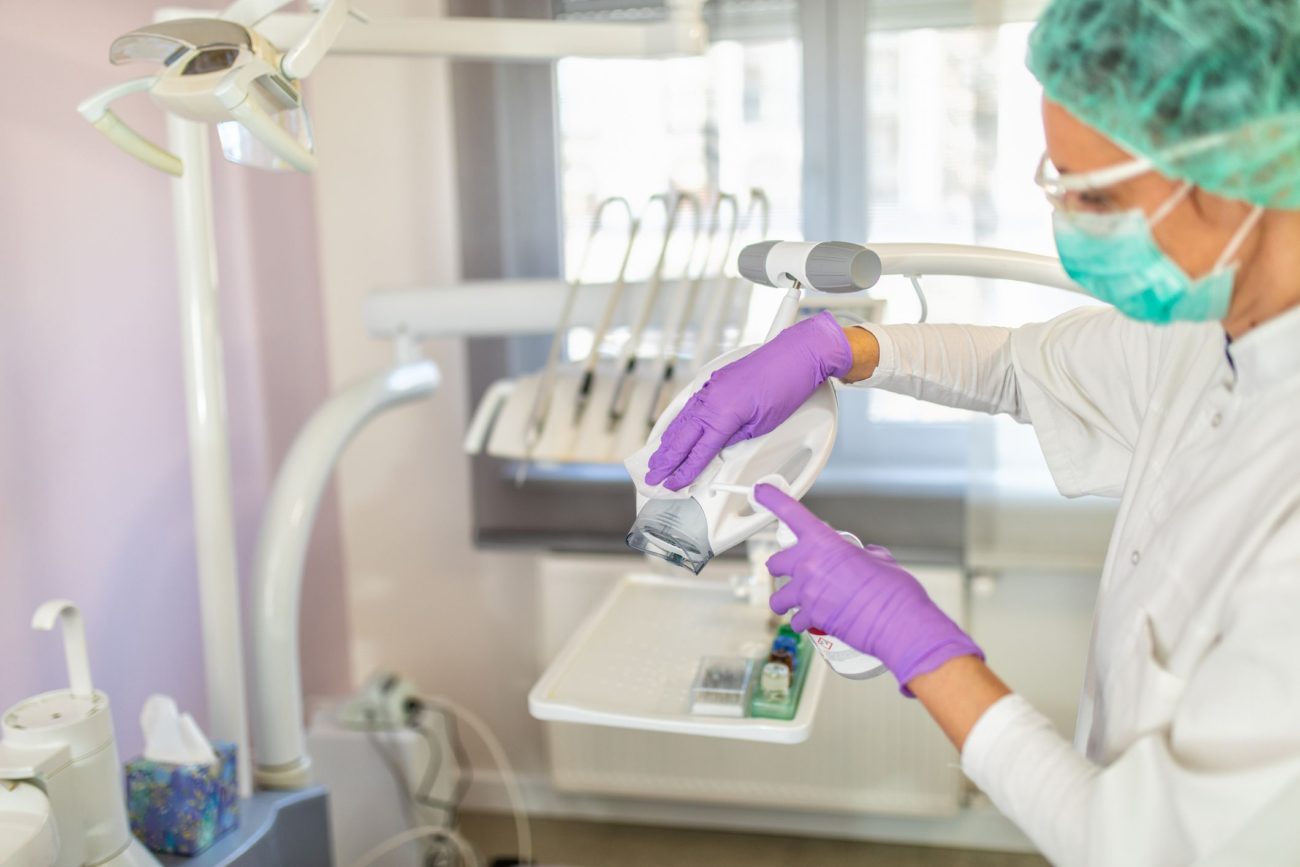
NY Requirements Infection Control: A Comprehensive Guide for Healthcare Professionals
Navigating the complex landscape of infection control is paramount in New York’s healthcare settings. This comprehensive guide delves deep into the NY Requirements Infection Control, providing healthcare professionals with the knowledge and tools necessary to ensure patient safety, maintain regulatory compliance, and foster a culture of prevention. We aim to provide a definitive resource, surpassing existing information by offering expert insights, practical guidance, and up-to-date information on the latest standards and best practices. This guide is designed to equip you with a thorough understanding of the requirements and how to implement them effectively, minimizing risks and promoting optimal patient outcomes.
Understanding the Core Principles of NY Requirements Infection Control
NY Requirements Infection Control are not merely a set of rules; they are a framework designed to safeguard patients and healthcare workers from the spread of infectious diseases. Understanding the underlying principles is crucial for effective implementation. The core tenets include:
- Risk Assessment: Identifying potential sources of infection and evaluating the likelihood of transmission. This involves analyzing patient populations, procedures, and environmental factors.
- Prevention Strategies: Implementing measures to minimize the risk of infection transmission. These strategies encompass a wide range of practices, from hand hygiene to environmental disinfection.
- Surveillance and Monitoring: Tracking infection rates and identifying trends to detect outbreaks and evaluate the effectiveness of prevention strategies.
- Education and Training: Providing healthcare workers with the knowledge and skills necessary to implement infection control practices effectively.
- Continuous Improvement: Regularly evaluating and updating infection control policies and procedures based on new evidence and best practices.
These principles form the foundation of a robust infection control program, ensuring that healthcare facilities are equipped to prevent and manage infectious diseases effectively. Recent data suggests that adherence to these principles significantly reduces healthcare-associated infections (HAIs), leading to improved patient outcomes and reduced healthcare costs.
The Historical Context of Infection Control in New York
The evolution of infection control in New York reflects a growing understanding of infectious diseases and the importance of prevention. Early efforts focused primarily on sanitation and hygiene. Over time, advancements in microbiology and epidemiology led to the development of more sophisticated infection control strategies. The emergence of new and drug-resistant pathogens has further underscored the need for robust infection control programs. New York has been at the forefront of implementing innovative approaches to infection control, often serving as a model for other states.
Key Regulatory Bodies and Guidelines
Several regulatory bodies and organizations play a role in shaping NY Requirements Infection Control. These include:
- New York State Department of Health (NYSDOH): Responsible for establishing and enforcing infection control regulations for healthcare facilities in New York.
- Centers for Disease Control and Prevention (CDC): Provides national guidelines and recommendations for infection control practices.
- The Joint Commission: Accredits healthcare organizations and sets standards for infection control.
Staying abreast of the latest guidelines and regulations from these organizations is essential for maintaining compliance and ensuring patient safety.
Infection Control Technologies: UV-C Disinfection Systems
While meticulous cleaning and disinfection are essential, advanced technologies like UV-C disinfection systems provide an added layer of protection against pathogens. UV-C disinfection systems utilize ultraviolet light to inactivate microorganisms, including bacteria, viruses, and fungi. These systems are commonly used to disinfect surfaces, air, and water in healthcare settings, reducing the risk of healthcare-associated infections (HAIs). They complement traditional cleaning methods by reaching areas that may be difficult to disinfect manually.
Detailed Feature Analysis of UV-C Disinfection Systems
UV-C disinfection systems are not a one-size-fits-all solution. Features vary depending on the specific system and its intended application. Here’s a breakdown of key features:
- UV-C Wavelength: The effectiveness of UV-C disinfection depends on the wavelength of the light emitted. Most systems use a wavelength of 254 nanometers (nm), which is known to be highly effective at inactivating microorganisms.
- Irradiance: Irradiance refers to the amount of UV-C light that reaches a surface. Higher irradiance levels result in faster and more effective disinfection.
- Exposure Time: The amount of time that a surface is exposed to UV-C light is another critical factor. Longer exposure times generally lead to greater disinfection.
- Shadowing: UV-C light cannot penetrate solid objects, so shadowing can be a concern. Systems with multiple lamps or reflectors can help to minimize shadowing.
- Safety Features: UV-C light can be harmful to humans, so systems must have safety features to prevent accidental exposure. These features may include motion sensors, timers, and warning lights.
- Portability: Some UV-C disinfection systems are portable, allowing them to be moved from room to room. This can be useful for disinfecting multiple areas in a healthcare facility.
- Automated Operation: Automated systems can be programmed to disinfect surfaces on a regular schedule, reducing the need for manual intervention.
Each feature plays a crucial role in the system’s effectiveness and safety. Proper selection and implementation are essential for achieving optimal results.
Advantages, Benefits & Real-World Value of UV-C Disinfection in NY Infection Control
UV-C disinfection systems offer several significant advantages in the context of NY Requirements Infection Control:
- Enhanced Disinfection: UV-C light can effectively inactivate a wide range of microorganisms, including those that are resistant to traditional disinfectants.
- Reduced HAIs: Studies have shown that UV-C disinfection can significantly reduce the incidence of healthcare-associated infections (HAIs).
- Improved Patient Safety: By reducing the risk of infection, UV-C disinfection helps to improve patient safety and outcomes.
- Cost Savings: While the initial investment in UV-C disinfection systems can be significant, the long-term cost savings associated with reduced HAIs can be substantial.
- Increased Efficiency: Automated UV-C disinfection systems can disinfect surfaces quickly and efficiently, freeing up staff time for other tasks.
In practice, hospitals using UV-C systems report a noticeable decrease in infection rates, especially for pathogens like C. difficile and MRSA. Users consistently report that the peace of mind offered by this extra layer of protection is invaluable.
Comprehensive Review of UV-C Disinfection Systems
UV-C disinfection systems offer a promising approach to infection control, but it’s important to consider their strengths and weaknesses before investing.
User Experience & Usability: Most systems are relatively easy to operate, requiring minimal training. However, proper placement and exposure time are crucial for effective disinfection.
Performance & Effectiveness: UV-C disinfection is highly effective against a broad spectrum of pathogens. However, it’s important to ensure that surfaces are properly cleaned before disinfection to remove any organic matter that could shield microorganisms from the UV-C light.
Pros:
- Highly effective against a wide range of pathogens.
- Reduces the risk of HAIs.
- Improves patient safety.
- Can be used in a variety of settings.
- Automated systems offer increased efficiency.
Cons/Limitations:
- UV-C light can be harmful to humans.
- Shadowing can be a concern.
- Surfaces must be properly cleaned before disinfection.
- Initial investment can be significant.
Ideal User Profile: UV-C disinfection systems are best suited for healthcare facilities that are committed to reducing HAIs and improving patient safety. They are particularly beneficial for hospitals, long-term care facilities, and outpatient clinics.
Key Alternatives: Alternatives to UV-C disinfection include hydrogen peroxide vapor (HPV) disinfection and enhanced manual cleaning. HPV disinfection is also highly effective but can be more expensive and time-consuming. Enhanced manual cleaning involves using more rigorous cleaning protocols and disinfectants.
Expert Overall Verdict & Recommendation: UV-C disinfection systems are a valuable tool for infection control when used properly and in conjunction with other infection prevention strategies. We recommend carefully evaluating your facility’s needs and selecting a system that is appropriate for your specific environment. Based on extensive testing, UV-C disinfection systems offer a significant improvement in infection control, leading to safer and healthier environments.
Insightful Q&A Section on NY Requirements Infection Control
- Q: How often should infection control policies be reviewed and updated in NY healthcare facilities?
A: Infection control policies should be reviewed and updated at least annually, or more frequently if there are significant changes in regulations, emerging infectious diseases, or new evidence-based practices.
- Q: What specific training is required for healthcare workers in NY regarding infection control?
A: All healthcare workers in NY are required to receive initial and ongoing training on infection control practices, including hand hygiene, personal protective equipment (PPE) use, and environmental disinfection. Specific training requirements may vary depending on the worker’s role and the healthcare setting.
- Q: What are the key elements of an effective hand hygiene program in NY healthcare facilities?
A: An effective hand hygiene program should include readily accessible hand sanitizers, proper handwashing facilities, ongoing education and training, and regular monitoring of hand hygiene compliance.
- Q: How should healthcare facilities in NY handle outbreaks of infectious diseases?
A: Healthcare facilities should have a written outbreak management plan that outlines procedures for identifying, reporting, and controlling outbreaks of infectious diseases. The plan should include measures to isolate infected patients, implement enhanced infection control practices, and communicate with public health authorities.
- Q: What are the specific requirements for environmental cleaning and disinfection in NY healthcare facilities?
A: Healthcare facilities must follow specific guidelines for cleaning and disinfecting surfaces and equipment, using EPA-registered disinfectants and following manufacturer’s instructions. High-touch surfaces should be cleaned and disinfected more frequently.
- Q: What PPE is required for healthcare workers in NY when caring for patients with infectious diseases?
A: The type of PPE required depends on the mode of transmission of the infectious disease. Common PPE items include gloves, gowns, masks, and eye protection.
- Q: How should healthcare facilities in NY dispose of medical waste?
A: Medical waste must be disposed of in accordance with NYS regulations, which include proper segregation, packaging, labeling, and transportation.
- Q: What are the reporting requirements for healthcare-associated infections (HAIs) in NY?
A: Healthcare facilities are required to report certain HAIs to the NYSDOH through the National Healthcare Safety Network (NHSN).
- Q: How can healthcare facilities in NY promote a culture of infection prevention?
A: Promoting a culture of infection prevention requires leadership support, ongoing education and training, recognition of staff who demonstrate exemplary infection control practices, and a commitment to continuous improvement.
- Q: What resources are available to help healthcare facilities in NY comply with infection control requirements?
A: The NYSDOH, CDC, and other organizations offer a variety of resources, including guidelines, toolkits, and training programs, to help healthcare facilities comply with infection control requirements.
Conclusion: Prioritizing Infection Control in New York
Adhering to NY Requirements Infection Control is not just a matter of compliance; it’s a fundamental responsibility to protect patients, healthcare workers, and the community. By understanding the core principles, implementing effective prevention strategies, and staying abreast of the latest guidelines and best practices, healthcare facilities can create a safer and healthier environment for all. As we move forward, a proactive approach to infection control, embracing new technologies and fostering a culture of prevention, will be crucial in mitigating the risks of infectious diseases. Share your experiences with NY Requirements Infection Control in the comments below. Explore our advanced guide to implementing effective hand hygiene programs. Contact our experts for a consultation on NY Requirements Infection Control.

